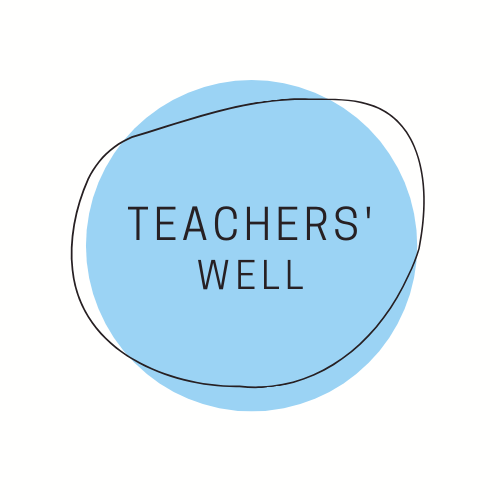Are we teaching to survive or teaching to thrive?
Imagine a school where teachers and students attend to each other’s wellbeing on a daily basis. A school where everyone is aware of the conditions that create thriving learning communities. A school where teachers and students alike openly discuss their strengths, setbacks, and hopes for themselves and the world.
Being a teacher is the best job I have ever had. Nothing in my working life can compare to seeing a young person’s eyes light up with enthusiasm and purpose. Most would agree that there can be no more meaningful a role than preparing the next generation for the future.
Why then does our education system allow so many teachers to languish; feeling exhausted, under-resourced and undervalued?
Burnout: the shadow side of teaching
In the time I have been teaching I have observed colleagues and friends burnout. The causes of burnout are as diverse as its symptoms. Sometimes it appears small: little worries and doubts, but other times it looms larger. The pace of change in the world today and the uncertainty that has brought over young people’s future has had a big effect on the increasingly overwhelming demands that are being made on teachers.
Teachers care deeply about giving their students a quality education but a river of stress is holding many of us back from becoming our best. As many as one in four graduate teachers in Australia move away from the profession within their first five years. Up to 50 percent of teachers are in transition or are considering leaving altogether. Such a trend creates cultures of pessimism, which breathe life into negative stereotypes of the profession; where we find ourselves today.
Surviving, Resilience, Thriving
But it doesn’t have to be this way. We do have a choice — we can choose to stick to what we know, or we can choose to question the underlying beliefs, attitudes, and assumptions that pervade education and discover how we can reinvent the system. We can choose to come together, be open to ‘aha’ moments and shift how we see our place and role in the world. We have a choice between surviving, resilience or thriving.
Surviving
Surviving means ‘to continue to live or exist’ during uncertainty or crisis.
By choosing to survive we are asking for a business as usual approach to getting through the day. We are choosing to juggle priorities, without ever really feeling like we are getting on top of things, or moving forward. This is okay for some time, particularly in our first few years when we are still learning the ropes. But as the pace of change continues to speed on, how will we make progress if we’re focused solely on surviving?
Resilience
In psychology, resilience is defined as an individual’s ability to adapt to life challenges, social disadvantages or adverse conditions.
Resilience has become highly popular in the fields of business and education. Many researchers attribute healthy doses of resilience and persistence as the keys to success. Resilience involves working on ourselves, strengthening our resolve when it comes to working through personally tough times so that we can bounce back and move forward. But in a world in transition, will resilience be enough to see us into the future? Will turning inward and working on our personal resilience really address the flaws in the system, such as inequity and a lack of opportunities for collaboration and connection, that have led us to where we are today?
Thriving
Thriving is a condition beyond resilience and surviving. The concept is drawn from the evolutionary sciences, in which successful adaptations have three characteristics:
preserving what it needs to survive
discarding or rearranging what it no longer needs, and
creating new arrangements that generate the capacity for wellbeing in more challenging conditions.
In human terms, thriving occurs when we use uncertainty and crisis to discover how we can collectively transform ourselves and the conditions we find ourselves in.
Thriving schools create spaces for collective learning and leadership. They allow for organised groups of teachers and students to come together and use storytelling, courageous conversations, appreciative inquiry and other life-giving practices to navigate the uncertainty they are facing as a healthy community.
Coming together in community
Schools around the world that are effectively educating for the future are focussing on regenerative wellbeing. Young people in these schools are not just being taught the facts, but are using their time to explore together with teachers how to thrive in our complex and interconnected world.
Uncertainty and stress can be the birthplace of destruction and failure but it can also be a gift, a clarion call for change. If we want to genuinely catalyse a shift to thriving cultures of teaching, perhaps we need to be creating the space for teachers to practice and promote wellbeing in their schools on a daily basis.
Teaching is a vocation that requires constant renewal of mind, heart, and spirit – if we want to avoid burnout, take joy in our work and grow in our service to students. As we seek renewal there are two primary sources to which we can turn: the inner teacher who speaks in solitude, and the community of fellow teachers. – Parker J Palmer
So, I would like to propose we come together as a community of fellow teachers to work together on this question: are we teaching to survive or teaching to thrive?

